We may earn money or products from the companies mentioned in this post. This means if you click on the link and purchase the item, I will receive a small commission at no extra cost to you ... you're just helping re-supply our family's travel fund.
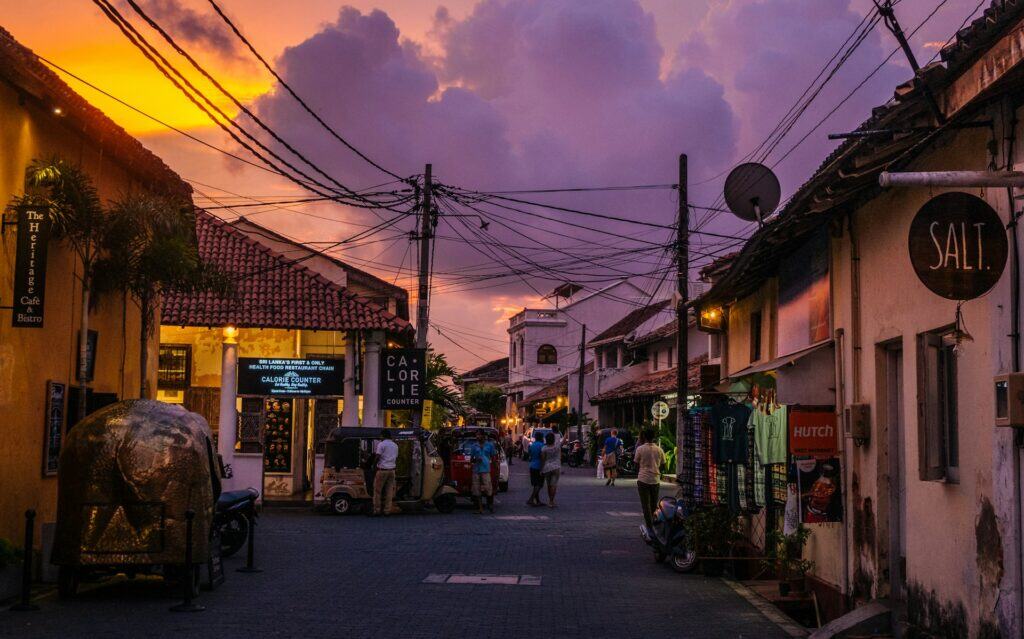
Travel relies on calm nights, working services, and clear routes from runway to room. When any of those falter, plans slip and deposits dissolve. The ripple touches far more than brochures. Guides lose seasons, small hotels pause upgrades, and conservation budgets thin out. Some declines trace conflict, others trace policy zigzags or shaky logistics. Confidence is the hinge. When it loosens, airlines trim schedules and visitors reroute. Recovery arrives slowly, built on steady signals that tomorrow will look like today.
Israel
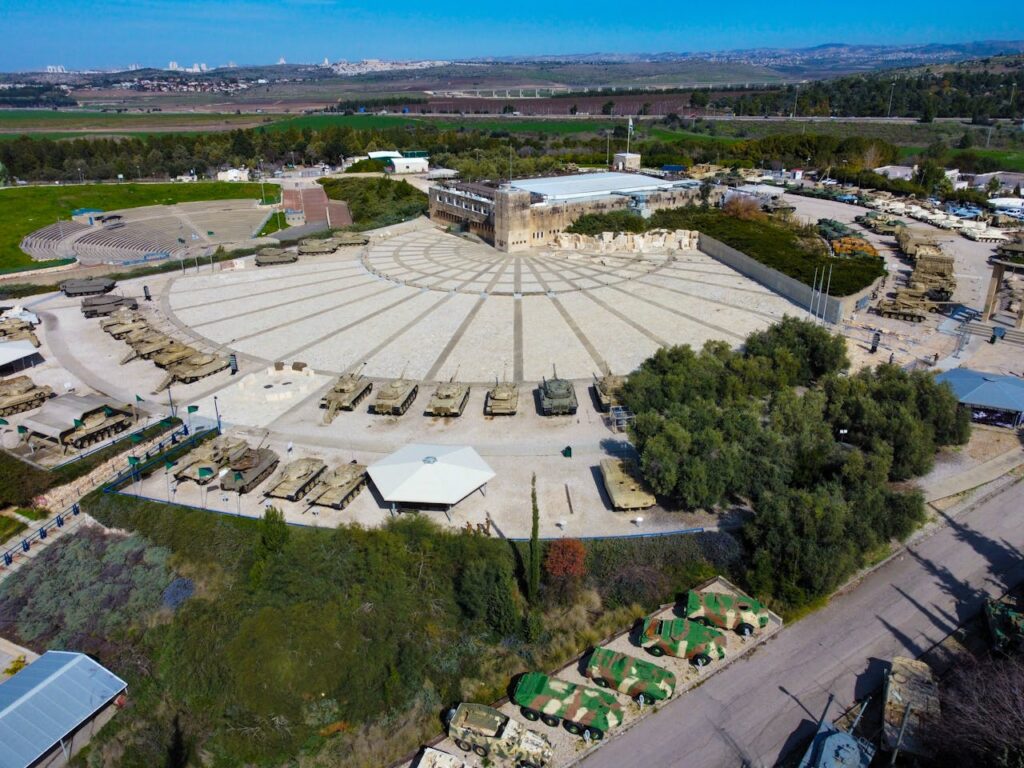
Demand fell after late 2023 as headlines kept safety questions unresolved. Pilgrimage groups moved dates by whole years, conferences shifted online, and family itineraries disappeared from shared calendars. Flights returned faster than trust, which left hotels short on bookings and guides hunting side work. The longer the pause, the harder it is to keep skilled teams intact. Recovery needs quiet months in a row, not press releases, and a clear playbook for events and insurance.
Lebanon
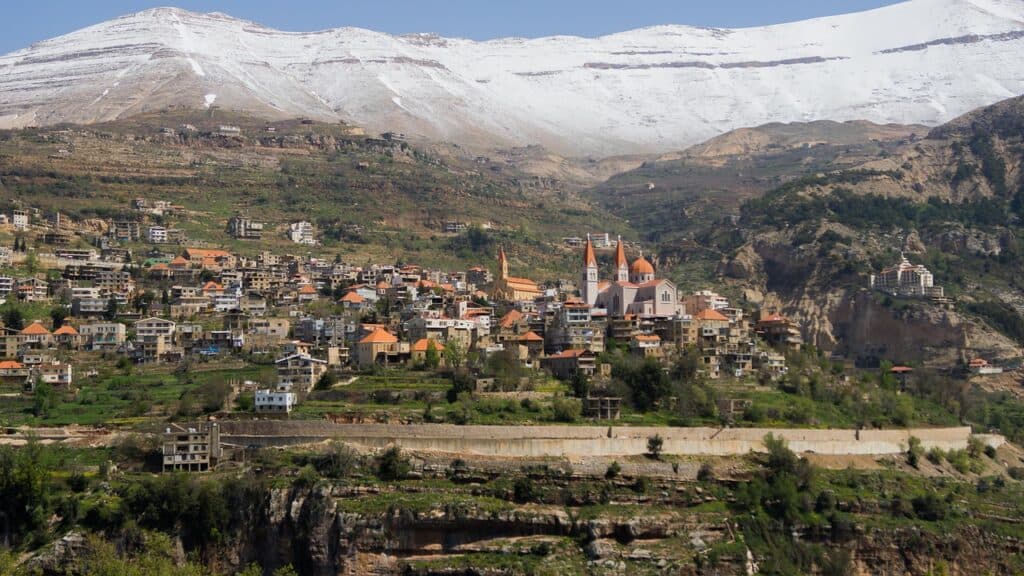
Border flare ups and power gaps unsettled the easy city break that once paired museums with late suppers. Guesthouses paused renovations, galleries cut hours, and wedding parties picked safer venues nearby. Travelers need working basics and a sense that nights will pass without sirens to commit money and time. Until that floor holds, cancellations cascade through drivers, caterers, and sound techs who rely on peak weekends to carry slower quarters. Stability invites art to breathe again.
Jordan
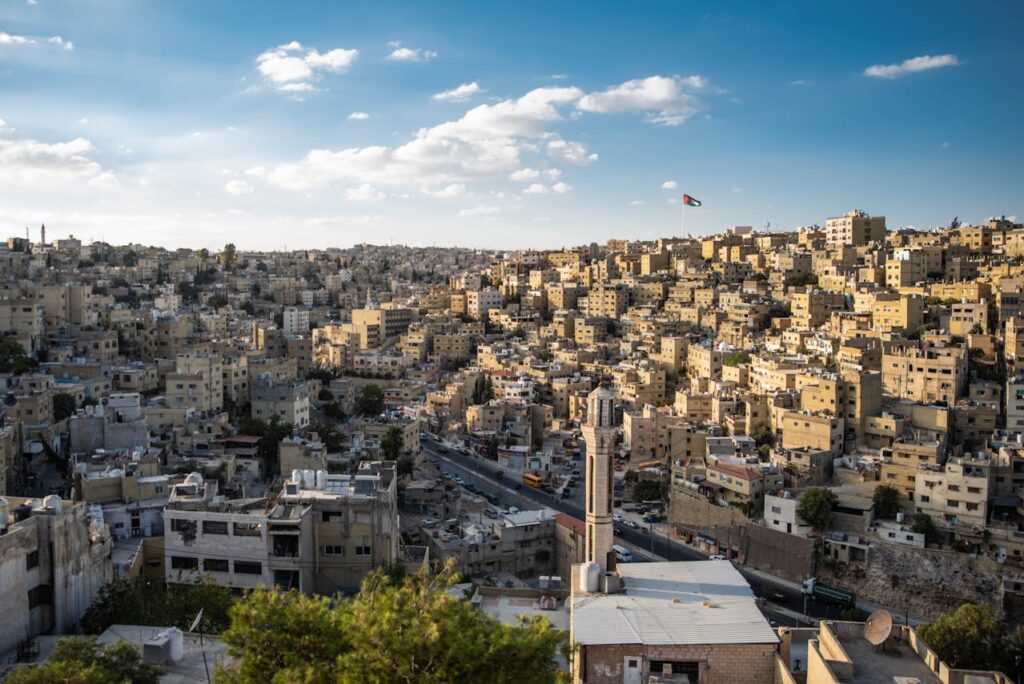
Even steady neighbors feel the drag when a region tenses. Petra and Wadi Rum depend on confidence to fill buses and desert camps, and nervous maps get redrawn overnight. Group sizes thinned, airlines trimmed weaker frequencies, and operators cut shifts to match softer nights. The risk is structural, not seasonal. Conservation and trail work rely on ticket revenue, and planning becomes guesswork when demand swings. Clear corridors and predictable capacity are the fix.
Ukraine
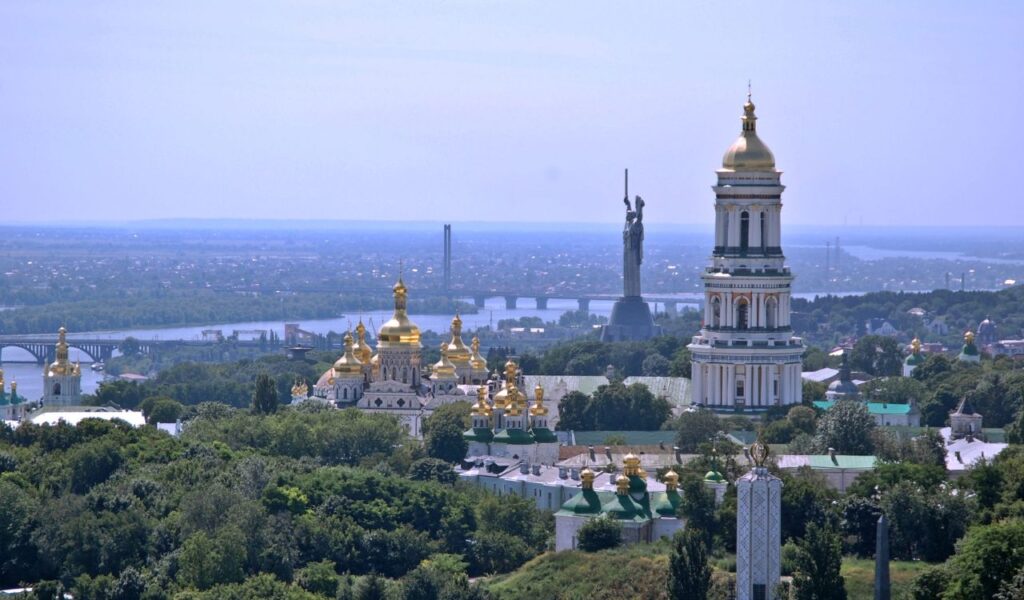
Leisure stopped with invasion, and cities turned from hosting to safeguarding archives and staff. Air links are suspended; inbound visits are limited to essential work, family needs, or journalism. The future task is heavy and slow. Rail schedules, hotel pipelines, and heritage repairs will need funding and patient time once safety returns. Trust will trail timetables, which means culture workers and small cafés will require steady support before weekends feel normal again.
Russia
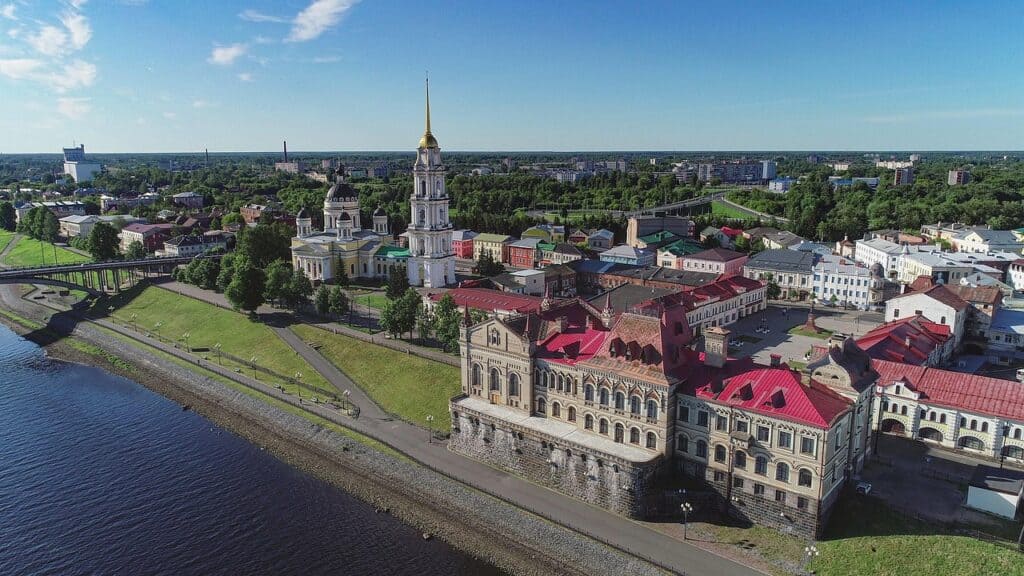
Sanctions, limited flights, and card issues thinned arrivals from long-haul markets. Domestic travel cushions big cities, but the mix that kept winters viable changed fast. Conferences lost international anchors, and visitors faced patchy payment acceptance that turns errands into puzzles. Even if paperwork eases, reputational repair moves on a longer clock. Leisure favors simpler routes where tickets, badges, and receipts work the first time. Rebuilding will hinge on routes, payments, and invitations.
Myanmar
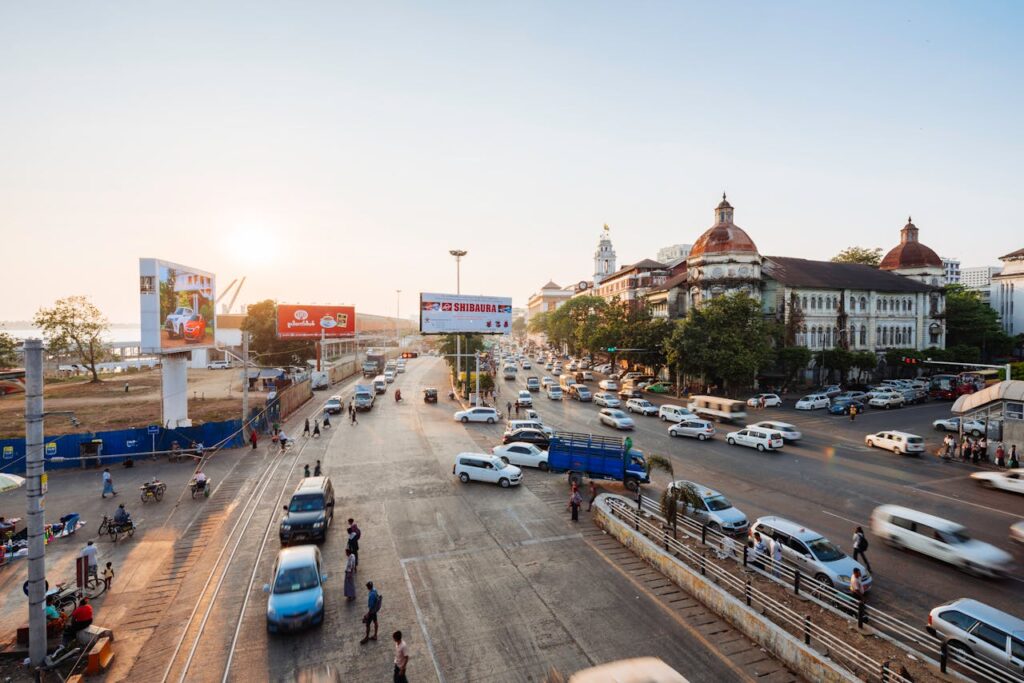
Conflict and access limits turned classic temple circuits into uncertain bets. Treks and river journeys need verified corridors and independent information, both hard to guarantee. Families that once split income between fields and guiding lost a stabilizer. With fewer entry fees, site upkeep slows and training programs stall. The restart is clear but demanding: safety, transparent advisories, and permits that stay valid longer than a headline cycle. Only then can cautious travelers return.
Haiti

Security breakdowns pushed cruise calls away and closed parts of the hotel economy. Even diaspora trips grew careful, removing a buffer that usually steadies cash flow. Tourism had been a fast path to local income, from boat hires to market stalls, so the pause hits many layers at once. Recovery depends on working institutions and safe corridors that insurers can underwrite. Airlines, visitors, and small operators need to move in step, not in isolated bursts.
Peru

Short closures and surprise ticket rules around marquee sites rattled confidence beyond the actual dates. When trains stop or caps shift midweek, entire valleys feel the shock from porters to guesthouses. The cure is not mysterious. Publish crowd plans early, keep backup routes ready, and communicate changes in one place. Predictability invites longer stays and returns revenue to conservation so terraces, trails, and stations are ready when the next season builds.